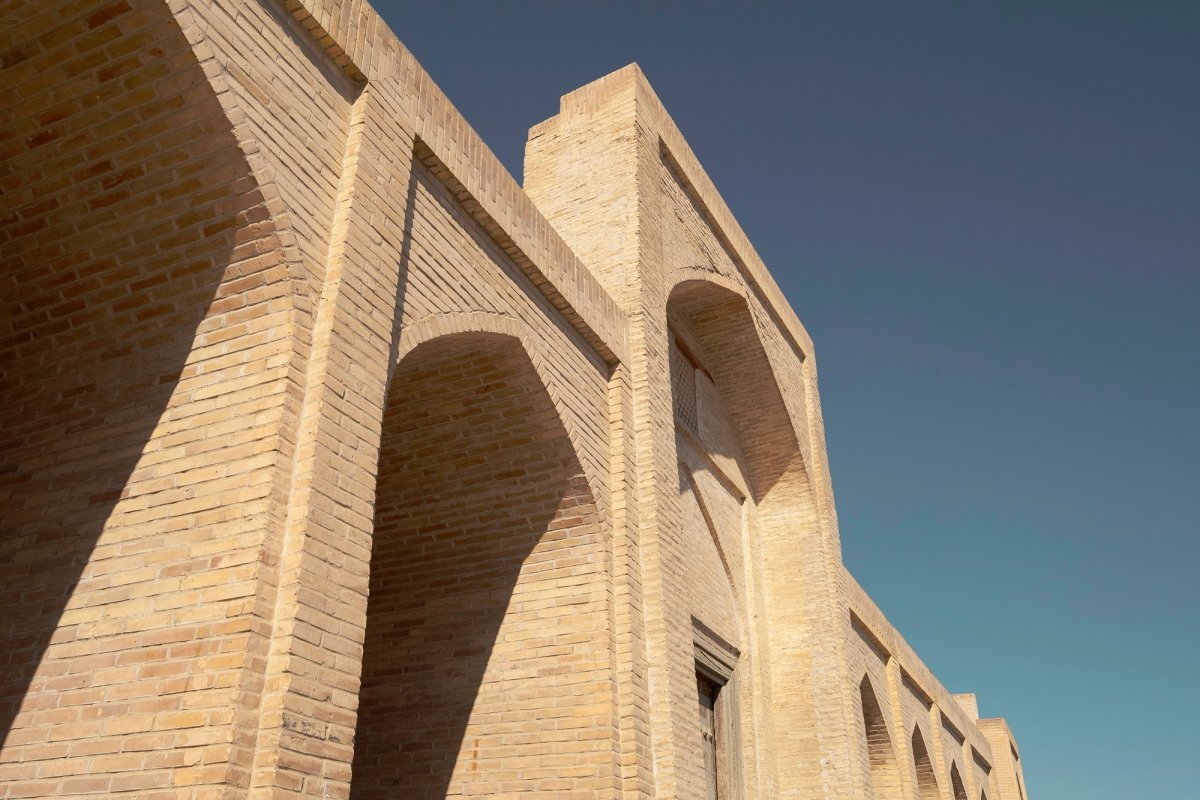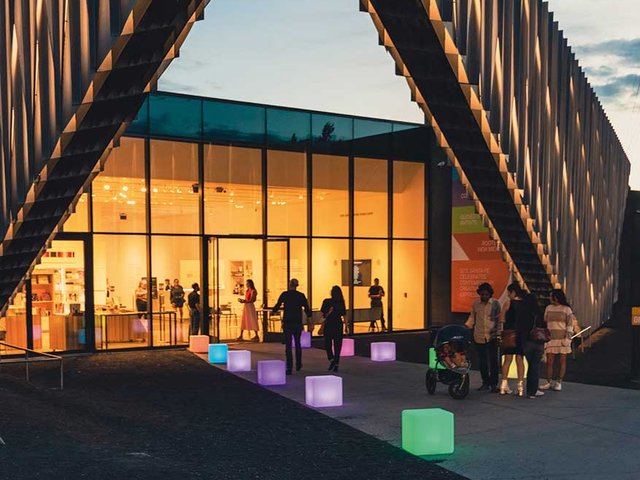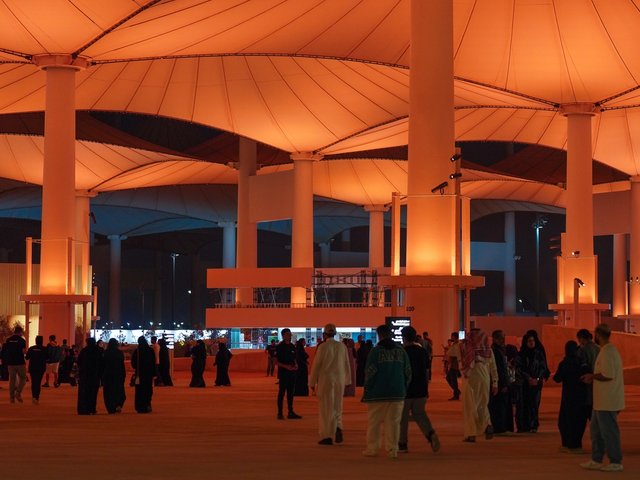Although Uzbekistan lies thousands of miles from Korea, the organisers of the forthcoming Bukhara Biennale have chosen Frieze Seoul (4-7 September) to announce the launch of Asia's newest biennial, due to take place this time next year.
The Bukhara Biennial (opening 5 September 2025) is the first major international biennial in Uzbekistan. The Central Asian country has in recent years witnessed an ambitious state-led cultural agenda involving contemporary art, as its economy grows and opens up to private foreign investment.
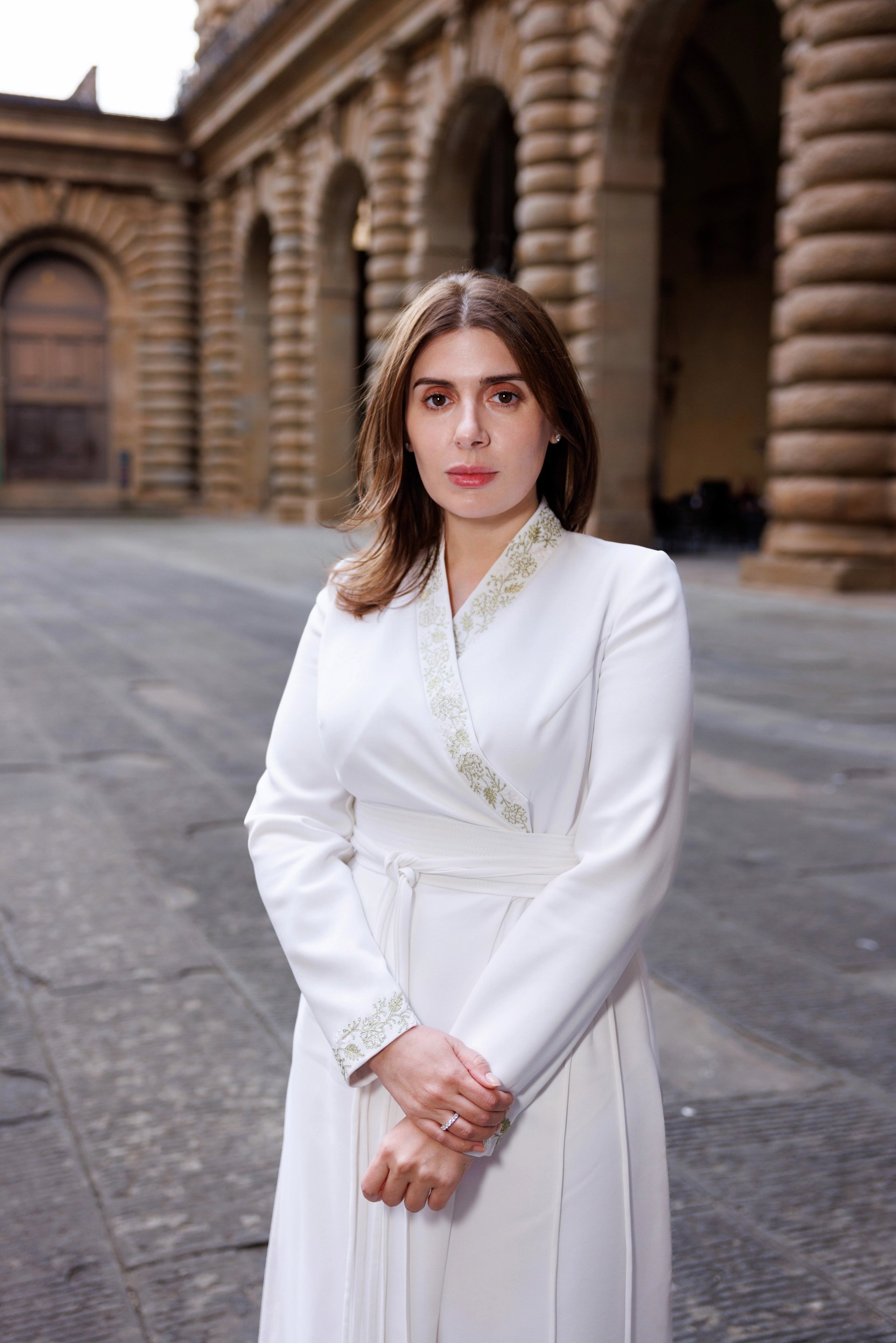
Gayane Umerova, chair of the Uzbekistan Arts and Culture Development Foundation (ACDF)
Courtesy of ACDF/Bukhara Biennale
At the forefront of this transformation is the Uzbek native Gayane Umerova, who chairs the Uzbekistan Arts and Culture Development Foundation (ACDF), a government organisation launched in 2017, which is the first of its kind in the country. The ACDF commissions and funds the biennial, and is overseeing a number of other important art projects in the country, including its forthcoming Tadao Ando-designed State Art Museum and the restoration of the Centre for Contemporary Art (CCA), both in the capital, Tashkent.
“The Bukhara Biennial will be the largest and most diverse gathering of artists and artisans in Uzbekistan to date,” Umerova says. Though it is a separate project to the forthcoming museums, it is “tethered by similar goals”, she adds, by “providing ways for local and international audiences to engage with Uzbekistan’s art and cultural heritage, and by creating sustainable frameworks and spaces to either preserve traditions or to widen access to our culture”.
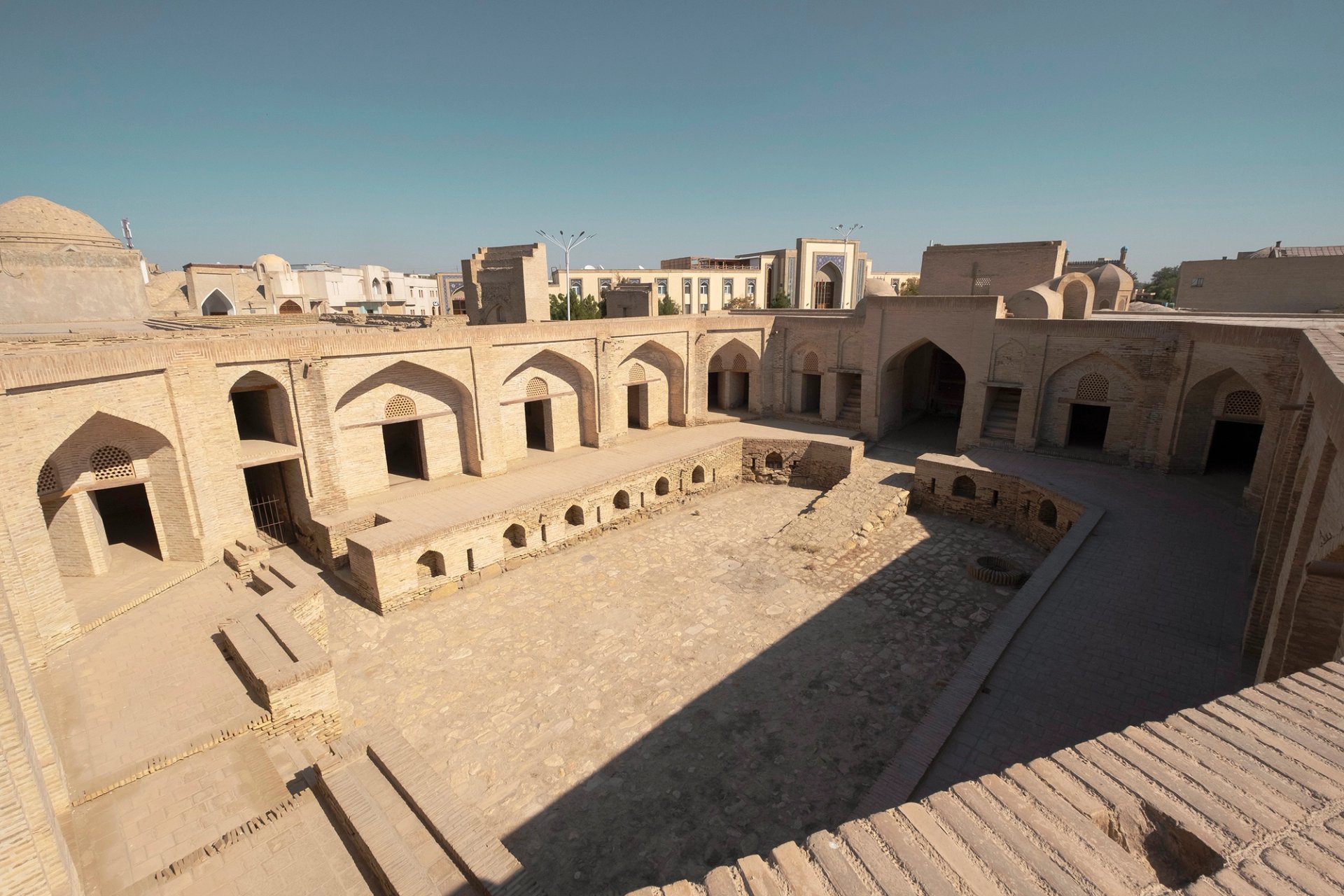
The Caravanserai Ayoz is one of the heritage sites that will play host to the Bukhara Biennale
Courtesy of ACDF/Rafal Sliwa
Explaining the choice of location, Umerova says that Bukhara, an ancient city in the country’s centre, is “an important hub of production along the silk routes: a place of cultural, religious and scientific knowledge”. Moreover, Bukhara has “long been a city with high prestige in the Islamic world, and the presence of minarets, historical monuments, holy places, and madrasas with an enduring past in every part of the city reflects this legacy”. Accordingly, a number of presentations at the biennial will take place in historic mosques and minarets.
The inaugural edition of the Bukhara Biennial is titled Recipes for Broken Hearts and is curated by Diana Campbell, who is also the chief curator of the Dhaka Art Summit. Among the international artists taking part are Antony Gormley, Pakui Hardware, Slavs and Tatars and Himali Singh Soin. Local artists who will show include Behzod Boltaev, Gulnoza Irgasheva and Aziza Azim. Entry will be free and all new works will be made in Uzbekistan.
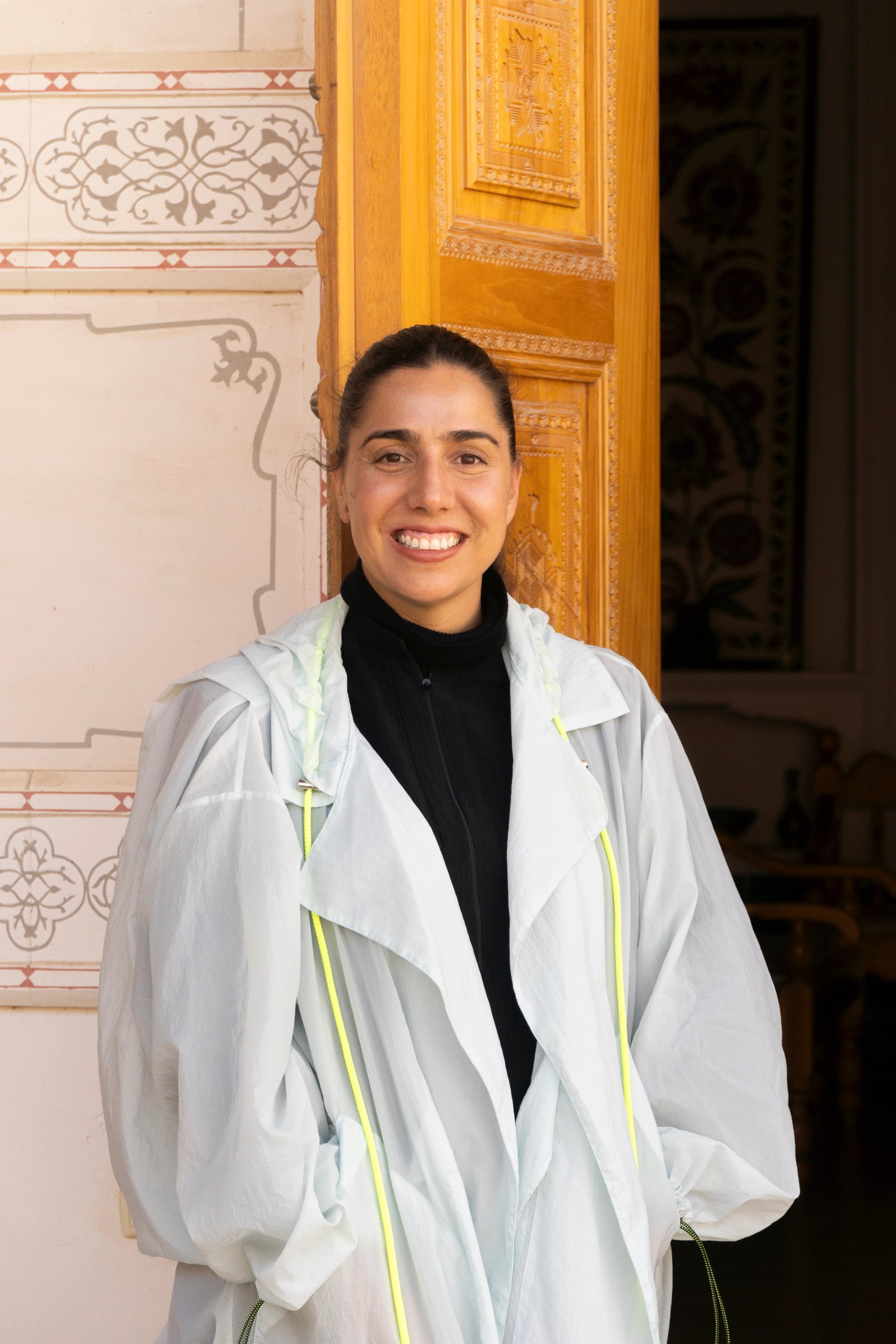
Diana Campbell, curator of the first edition of the Bukhara Biennale
Courtesy of ACDF/Bukhara Biennale
The concept of Recipes for Broken Hearts derives from a well-known local legend that the recipe of Uzbekistan’s signature rice dish, palov, was invented to mend the broken heart of a prince who could not marry the daughter of a craftsman. Food will therefore be central to the biennial's first edition, which will feature Uzbek and international chefs cooking on site. The interdisciplinary show aims to “go beyond the traditional notions of an art biennial” and will take the form of an “expanded feast” to “explore the healing power of art and culture through communal participation”, as well as Bukhara’s role in the spice trade, Campbell says in a statement.
The biennial will also be the first event held in Bukhara’s renewed historic centre, which is undergoing a major conservation project under the architect Wael Al Alwar and his studio waiwai.


